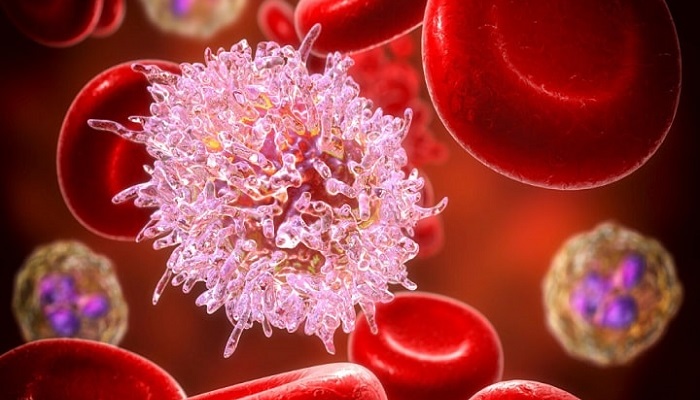A protein present in foetal development has been zeroed upon by the researchers that has a strong prophylactic effect versus acute myeloid leukaemia- AML.
Right during the foetal pregnancy stage, numerous vital cell programmes become active in the foetal development. As per the new research from Lund University, Sweden, one of these foetal programmes has the capacity to guard against AML. The full findings of the study have already been published in the Cell Reports journal.
AML apparently happens to be a cancer of the white blood cells. Acute leukaemia can be described as a cancer that advances in no time and that does so too aggressively, which in most cases requires urgent treatment. AML gets classified depending on the blood cells that have been affected. There are two major types of blood cells, mainly monocytes and granulocytes, which come from the family of lymphocytes, and myeloid stem cells, which root from lymphoid stem cells. According to Professor David Bryder from experimental haematology at Lund University, they have gone on to make use of an experimental mouse model which always results in leukaemia of this kind. This significantly interesting thing, he adds, is when adult mice gets added to a particular molecular cell programme that usually runs only during the foetal development, and incidentally half of them did not develop any AML.
The foetal programme which came into use by the researchers had the RNA-binding protein named LIN28. The typical function of this kind of protein is to make sure that other genes are regulated. LIN28 is majorly expressed during foetal development and fades away shortly after birth. According to a doctoral student at Bryder’s research group, AML is caused by various cell mutations. As per their research model, they follow progress from the first mutation until the disease has been established, something that is not possible in the case of humans. The mouse study puts out the fact that LIN28 indeed has a strong prophylactic effect.
The foetal development programme can go on to help in treating leukaemia in adults. The researchers had initially taken samples from a huge pool of patients who were diagnosed with AML. There were 98% of patients who had no LIN28 expression, and even those who did, their expression levels were extremely low. The researchers thereafter carried out a more in-depth functional as well as molecular study in the mouse model in order to gauge what happens post-activation of LIN28.
The researchers observed that in mice, the molecular foetal programme went on to protect against the disease by colliding with the AML driving mechanisms. However, according to Bryder, one needs to look into the fact that how can such a programme can be reactivated in human cells.



















